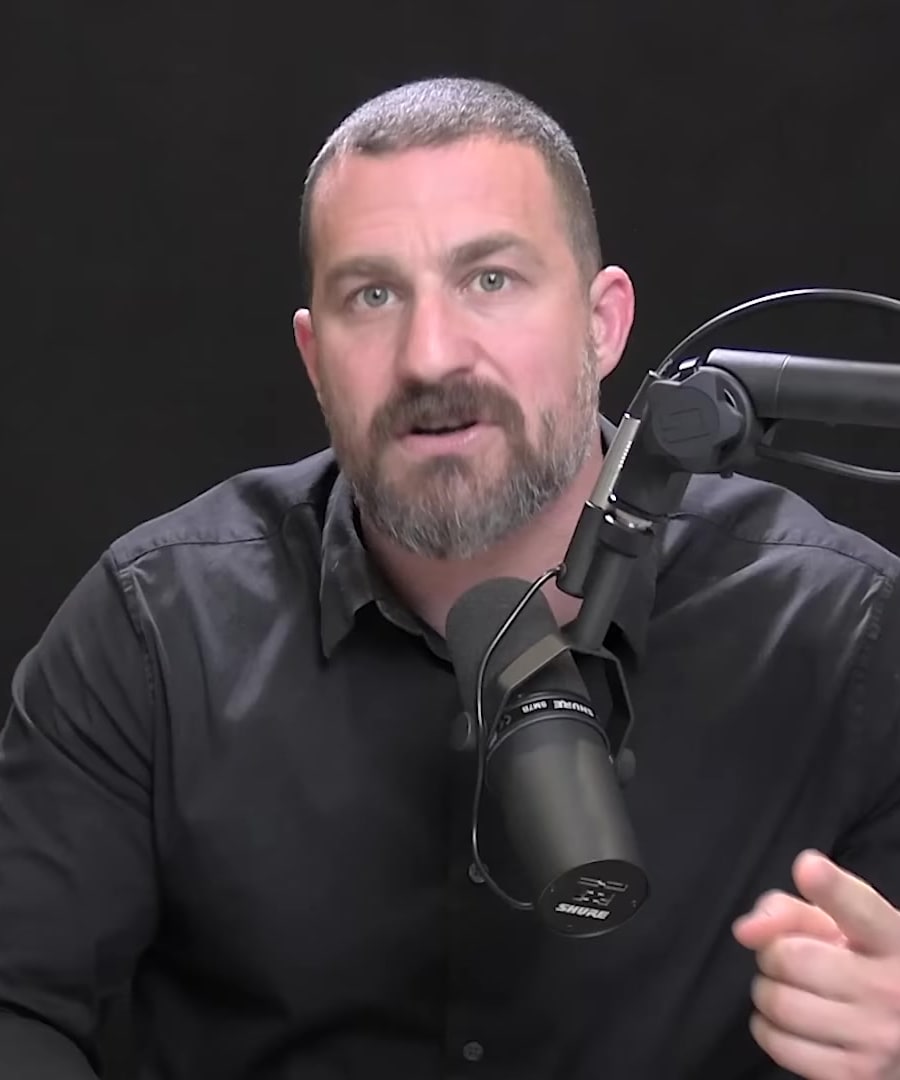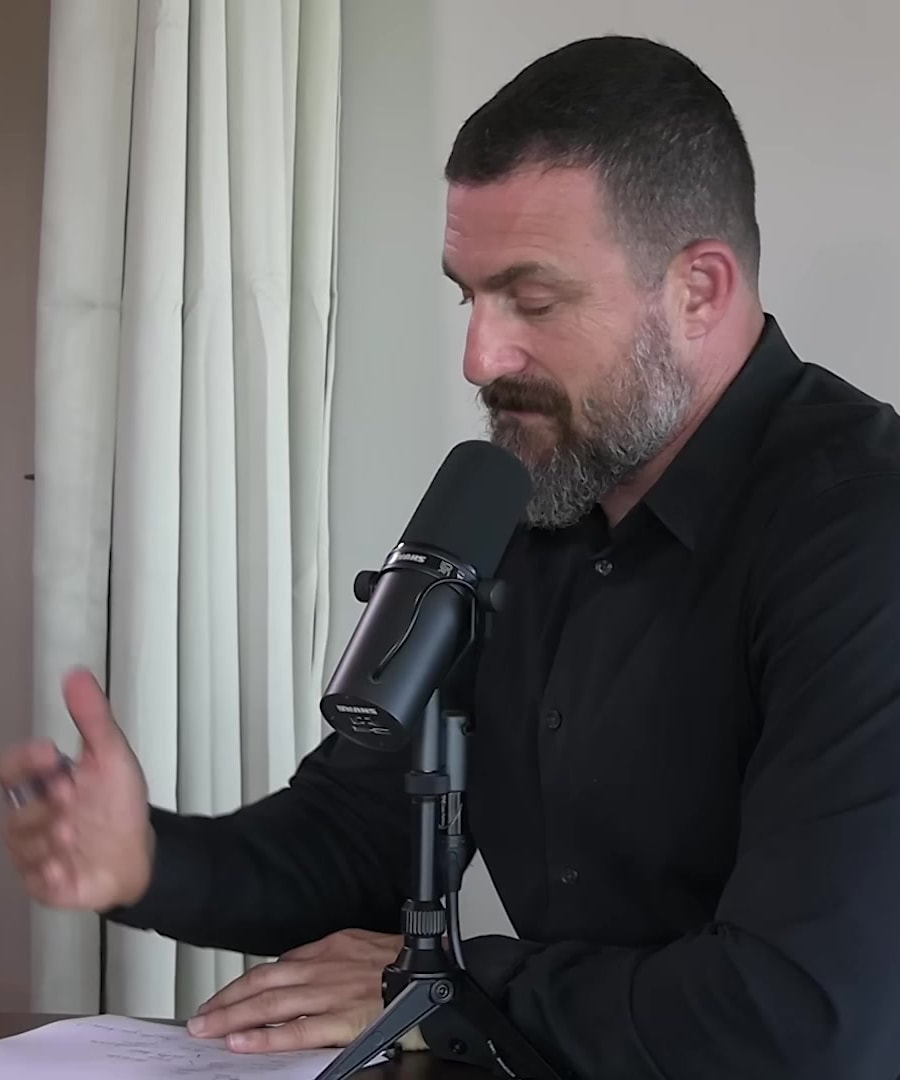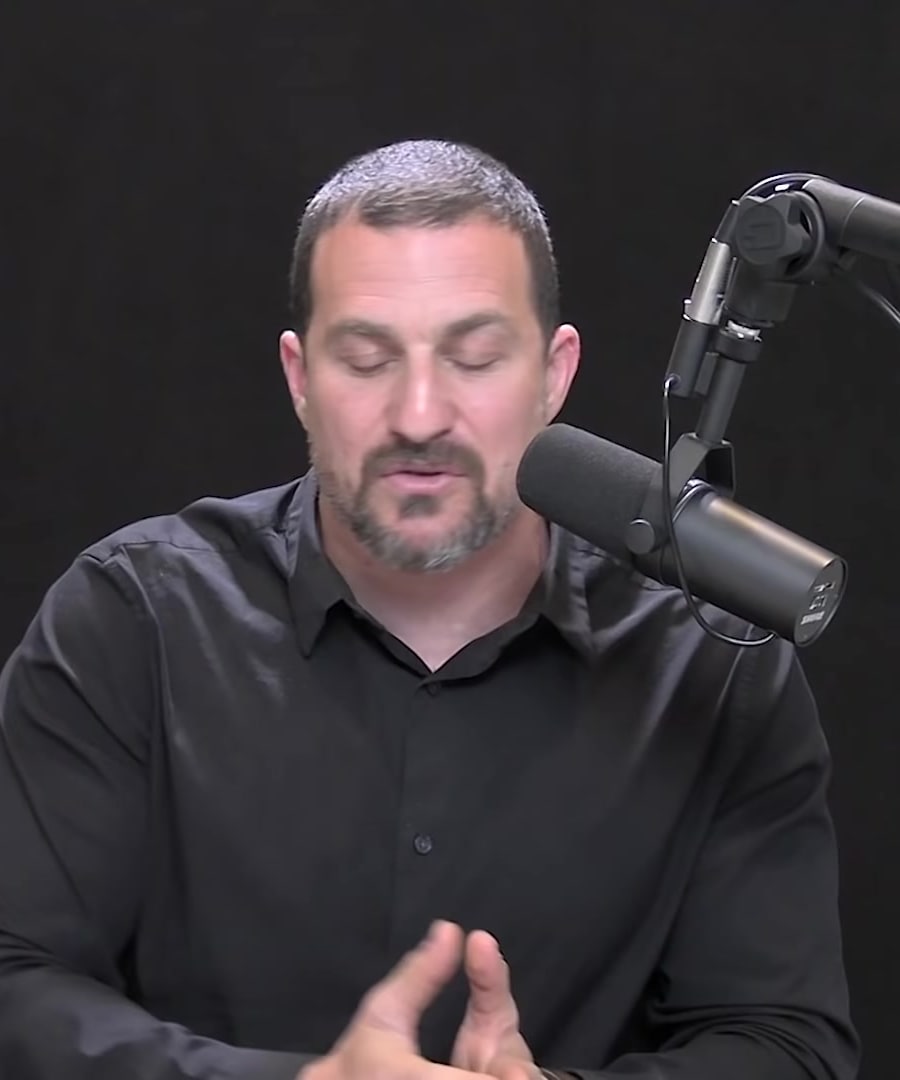Why does dopamin crash after a peak?
Sources:
Dopamine crashes after a peak, typically because the level of dopamine drops below the baseline level after a high dopamine-releasing event or activity. The extent of the drop is proportional to how high the peak was; more intense the peak, deeper the trough would be. This drop can lead to a subsequent decrease in mood and motivation until dopamine levels eventually return to baseline 1.
Repeated engagement in activities that cause intense dopamine peaks may lead to an overall depletion of baseline dopamine levels, which can result in a diminished ability to feel pleasure or motivation from those or other activities, and it can take a substantial amount of time for baseline levels to recover 2.
To maintain healthy baseline dopamine levels, it's important to avoid or moderate behaviors and substances that lead to extreme peaks in dopamine. Gradual reduction or complete cessation of such activities can replenish the dopamine reserve and help restore the baseline 2.
To further illustrate this concept, the dopamine wave pool analogy described by Dr. Kyle Gillett on the Huberman Lab explains how our motivation fluctuates naturally, and how after a high peak, such as the use of stimulants or intense experiences, the subsequent trough can be so deep that the overall amount of dopamine available decreases, which affects future dopamine peaks and the overall baseline 3.
Understanding this process can help in strategically approaching rewarding activities and setting goals to ensure long-term success and satisfaction without triggering detrimental troughs in dopamine levels 4.
RELATED QUESTIONS
Why does dopamin crash after a peak?
- RELATED QUESTIONS



